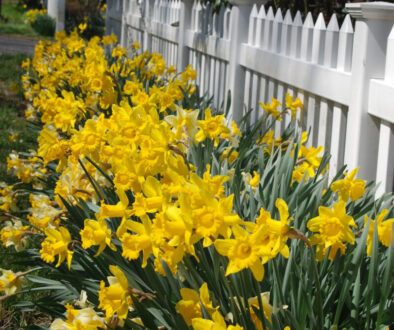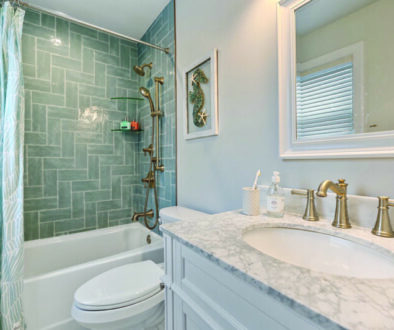How Victorians stayed warm indoors
When winter temperatures fall into the teens, it’s a good time to appreciate the modern heating systems in today’s homes that work hard keeping inhabitants warm and to learn a bit about how most homes were heated during the Victorian era.
Throughout the 19th century, Americans were experimenting with new and different ways to heat their homes and cook their meals, according to Thomas J. Schlereth, in Victorian America: Transformations in Everyday Life.
“Patents for cast iron parlor stoves and kitchen ranges proliferated beginning in the 1840s,” he said. “Made in small foundries, such as the Dowagiac Round Oak Stove Company in Michigan, house stoves came in all shapes, styles, and sizes. At the 1915 Panama-Pacific Exposition one could still see displays of box, cannon, globe, or pot-bellied stoves, with all manner of flues, dampers, and grates.” Over 7,000 models of stoves were patented in America by 1910.


Coal was the predominant fuel source Victorian urban dwellers used for heating and cooking, but out on the plains, for the resourceful Victorian homesteader, just about anything combustible was used to stay warm. Homesteaders on the southwest plains in the 1880s burned mesquite, corn cobs, and even cow chips. The settlers called this last resource “surface coal” and “grassoline.” Dried cow manure was cheap, readily available, and fairly efficient, although the smell probably took some getting used to. Even after the railroads began to bring coal to the region, homesteaders continued to rely on their “chip sheds” for ready sources of heating fuel.
What of the typical urban Victorian during the winter months? Step inside one of Cape May’s Victorian homes today and look for the grates on the floors and ceilings that enabled hot air from below to move upwards into the upstairs bedrooms. Warm air rises, so in theory, the upstairs should be warm if a coal-burning stove was working below. For homes with a coal-powered furnace, ductwork made moving the heat through the house more efficient.
But the reality was that most Victorians woke up to chilly floorboards after a night spent sleeping in upstairs bedrooms. Thus, cast iron or ceramic bed warmers were slipped under the covers; bed drapes or canopies were hung around the bed, and Victorian sleepers might wear a nightcap—like that worn by Charles Dickens’ character Ebeneezer Scrooge. All these helped keep Victorians warm during the night—and could be just as useful today.
What of Cape May’s Victorian House Museum, the 1879 Emlen Physick Estate, and the family who lived there, Emlen Physick, Mrs. Frances Ralston, his mother, and his Aunt Emilie Parmentier? Originally, the house was heated by a coal furnace in the basement. Dr. Physick’s house was slightly more modern and luxurious than the average. It was not until 1885 that the majority of American houses were heated with coal rather than wood. The Physick House coal furnaces were loaded by hand.
“The ducts went up alongside the fireplaces, and there are still registers there today,” said Cape May MAC Curator Ben Ridings. “The coal was delivered in large sacks and stored in the basement. We still have the giant coal storage bin in the basement.”
By the end of the 19th century, the invention of low-cost cast iron radiators would bring central heating to America’s homes with a coal-fired boiler in the basement that delivered hot water or steam to radiators in every room. Hot water radiators were added to the Physick House in the early 20th century to serve part of the house. A boiler located in the cellar heated water which then rose through a loop of pipes that connected all the radiators. As the water cooled, it sank and returned to the cellar to be heated again. These early hot water radiators did not have pumps, making them less efficient than later versions.
The phrase, “Cold hands, warm heart,” first appeared in print in 1910. You know the term—it’s what you say with a kind smile when a person’s hand you reach for is ice cold. Knowing the Victorian social sensitivity and their heating systems, it’s fun to imagine it might have been a Victorian who started this little idiom, somewhere, sometime, back in the late 1800s.



